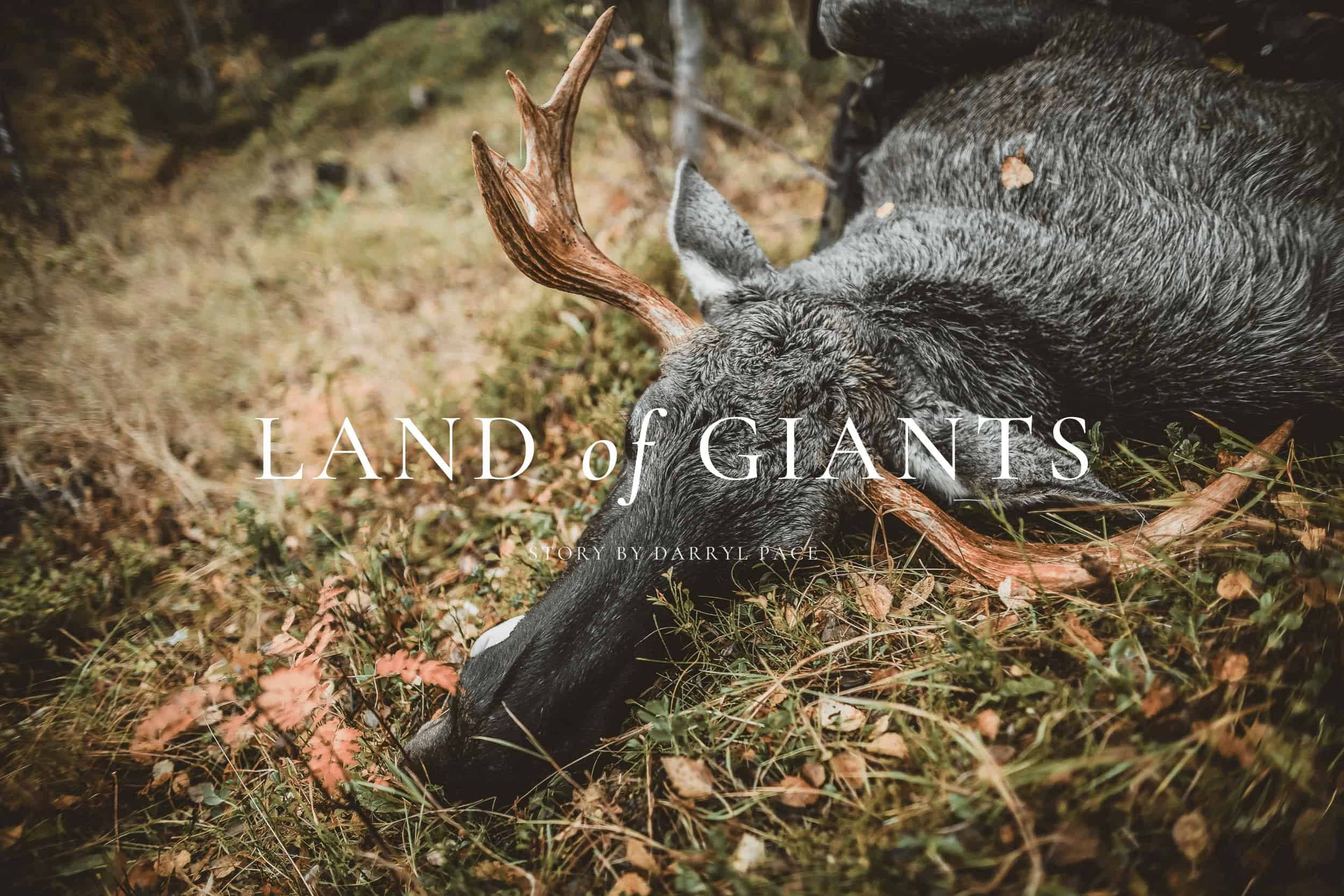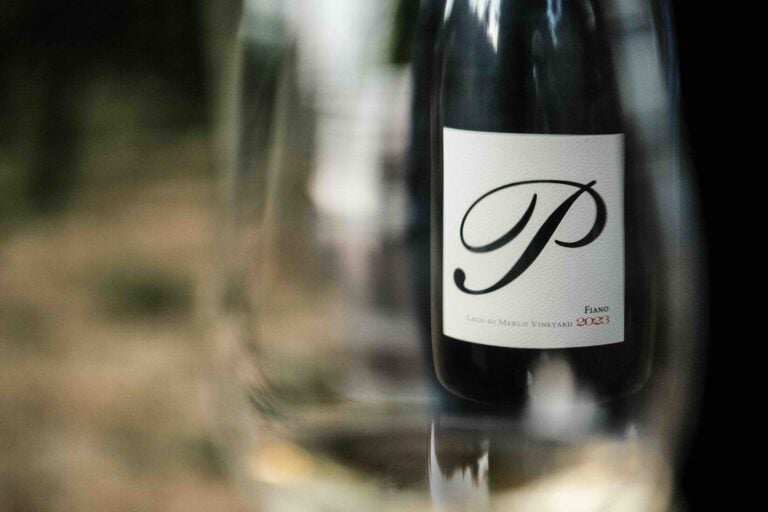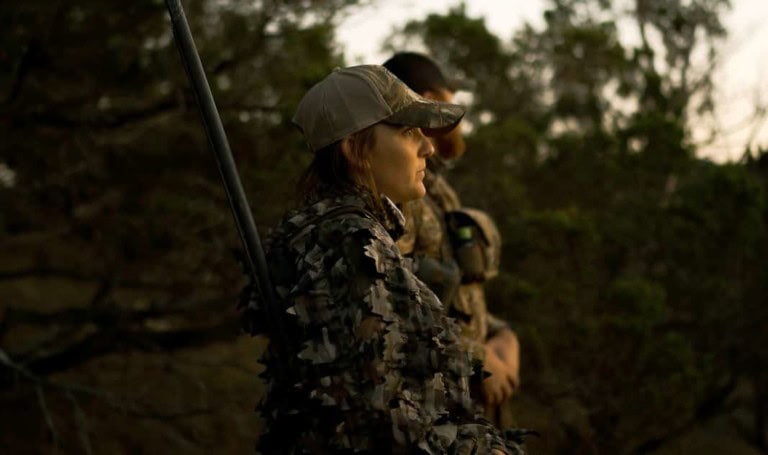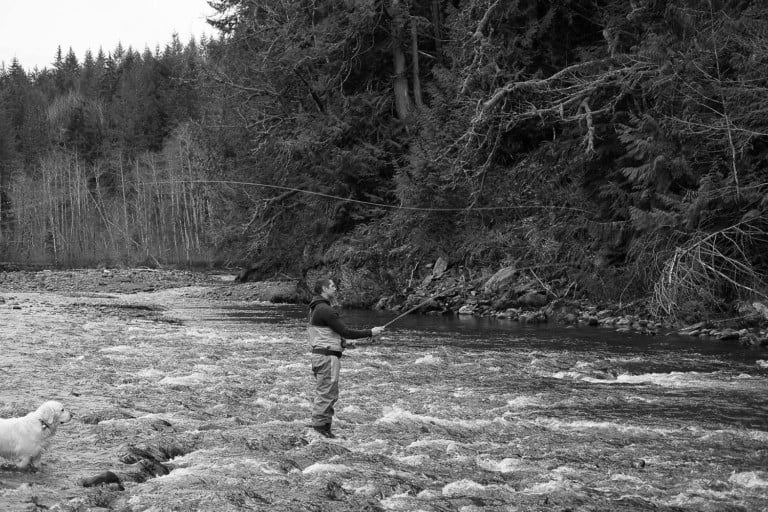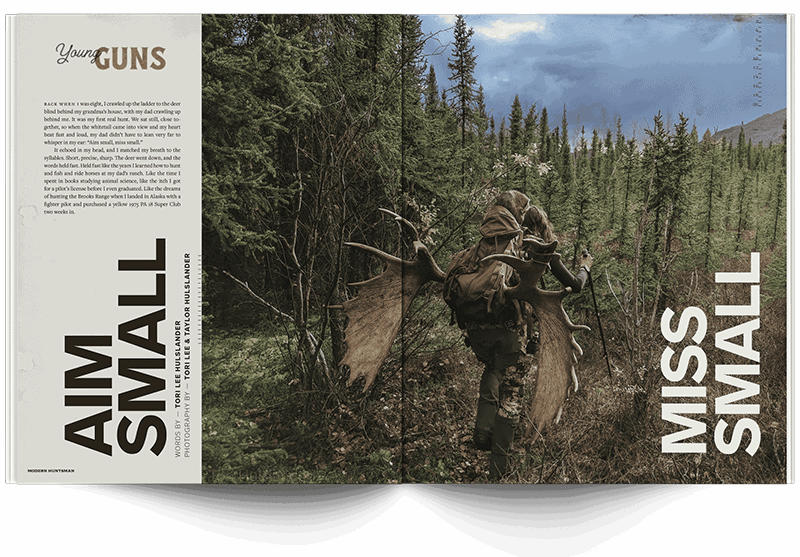NORWAY
Imagine the feeling you had as a child waking up on Christmas Day. Sleep failed you, and now it’s 4 a.m. You’re wide awake — the excitement, the unknown, and a bit of magic sprinkled in. This is how September 25th, the opening day of Norway’s moose hunting season, was described to me — a date talked about throughout the year, with time booked off of work and logistics planned at the earliest opportunity.
It’s September 23rd, and I find myself on a plane, heading to the cultural mecca of hunting in Scandinavia to meet my good friend Lise Ailin Lorentzen. As I look down, the snow-capped mountains of Norway thrust skyward from the sprawling fjords in the true character of the West Coast. A country steeped in history, Norway conjures images of historic Viking raiders and a vast, uninhabited wilderness punctuated with only the occasional wooden cabin. The landscape below me is in stark contrast to the mild temperatures and lush greens of Scotland I left behind. I am destined for the small town of Fauske, where Lise lives. Here, they endure 24 hours of darkness for almost a month straight, and 24 hours of daylight for three months of the year. It’s a place where you can truly experience the midnight sun.
Despite the harsh, lengthy winters, the locals are as friendly as they come; if you like the outdoors and hunting, an open door, good company and a bed are never far away. For many Norwegians, hunting is a way of life, with skills passed down through the generations. This is true in a number of other European nations, but the Nordic countries have some of the strongest modern leanings. Almost 5% of the Norwegian population hunts in some capacity, and with only four million people,
